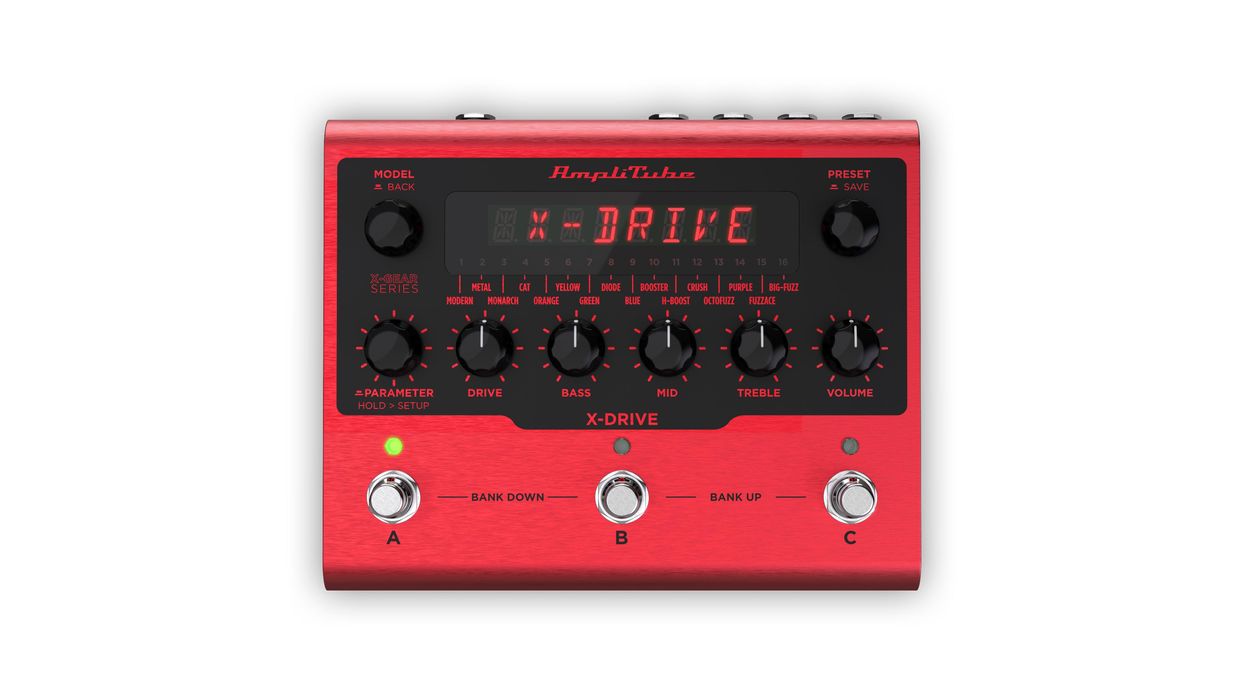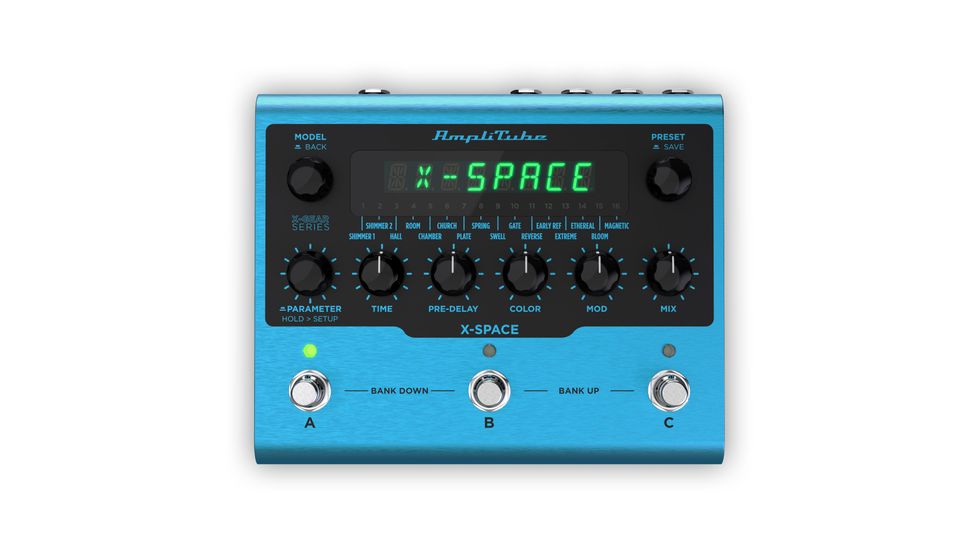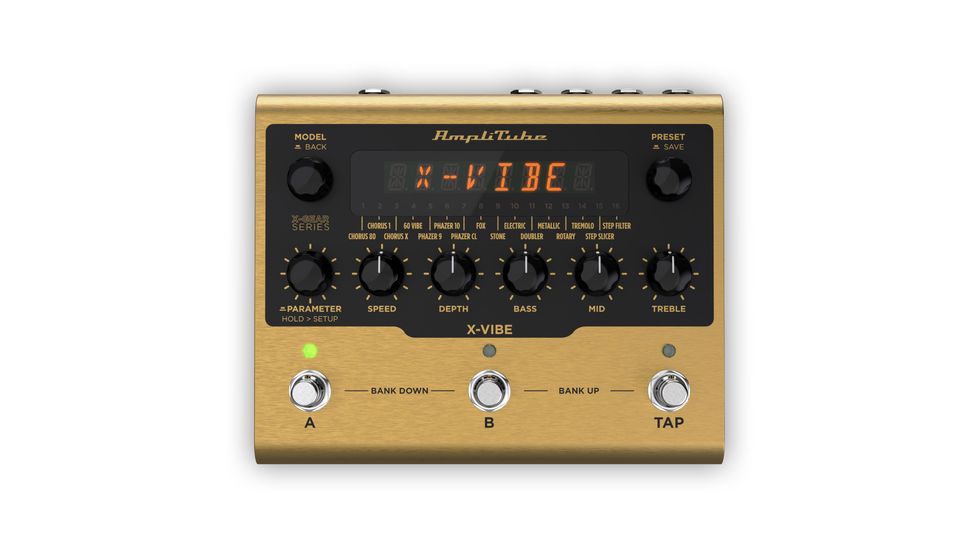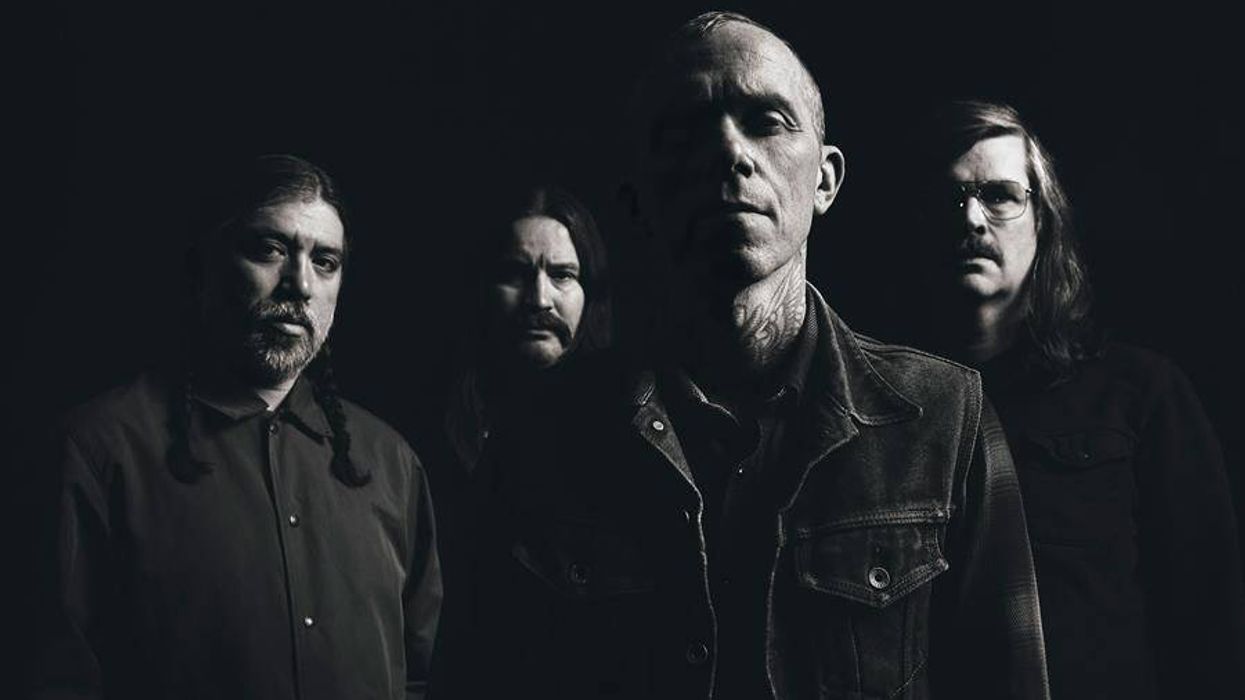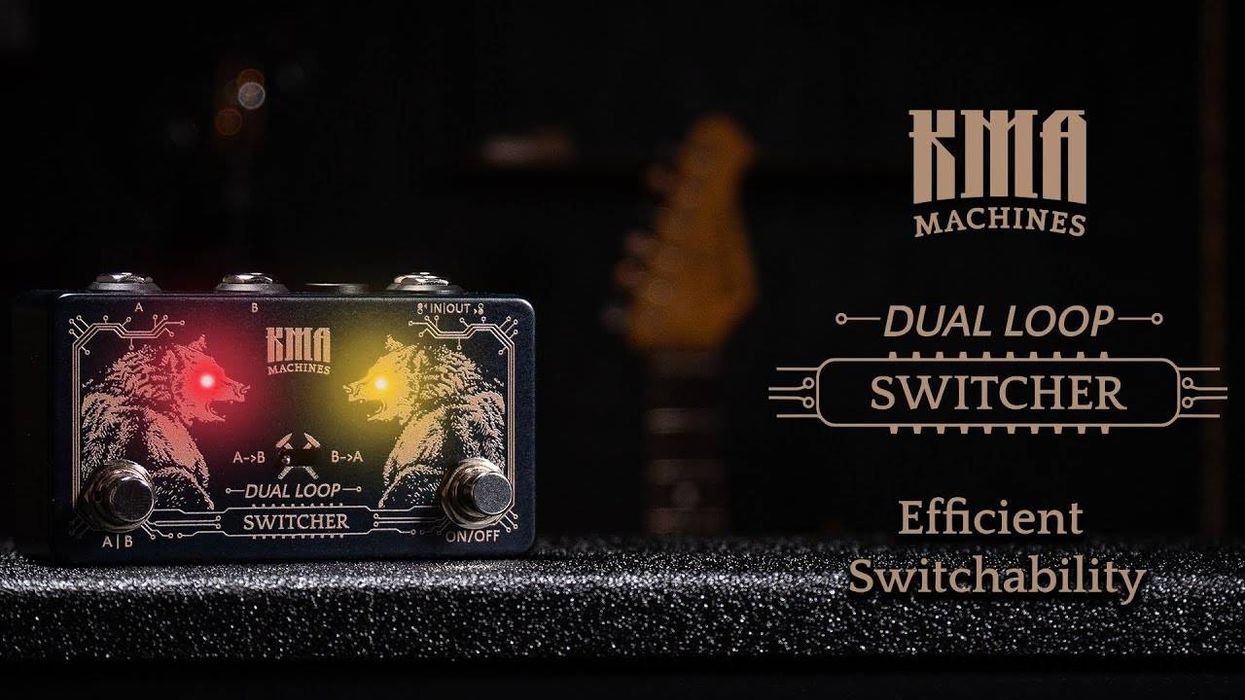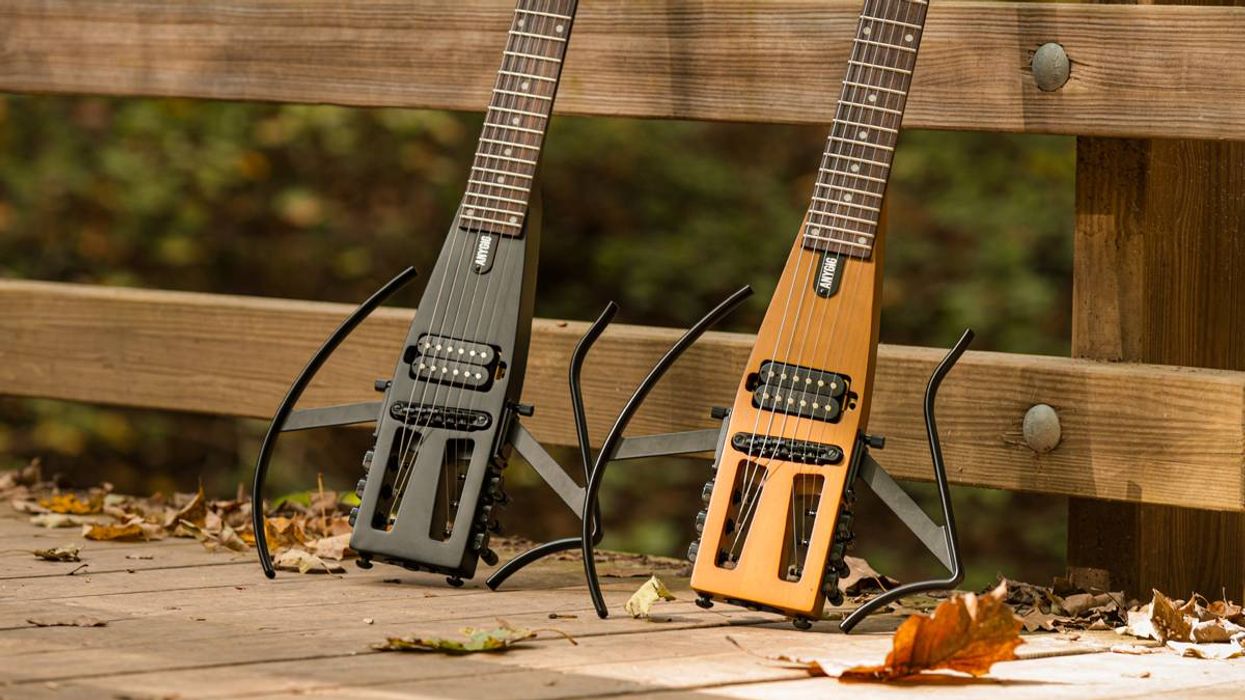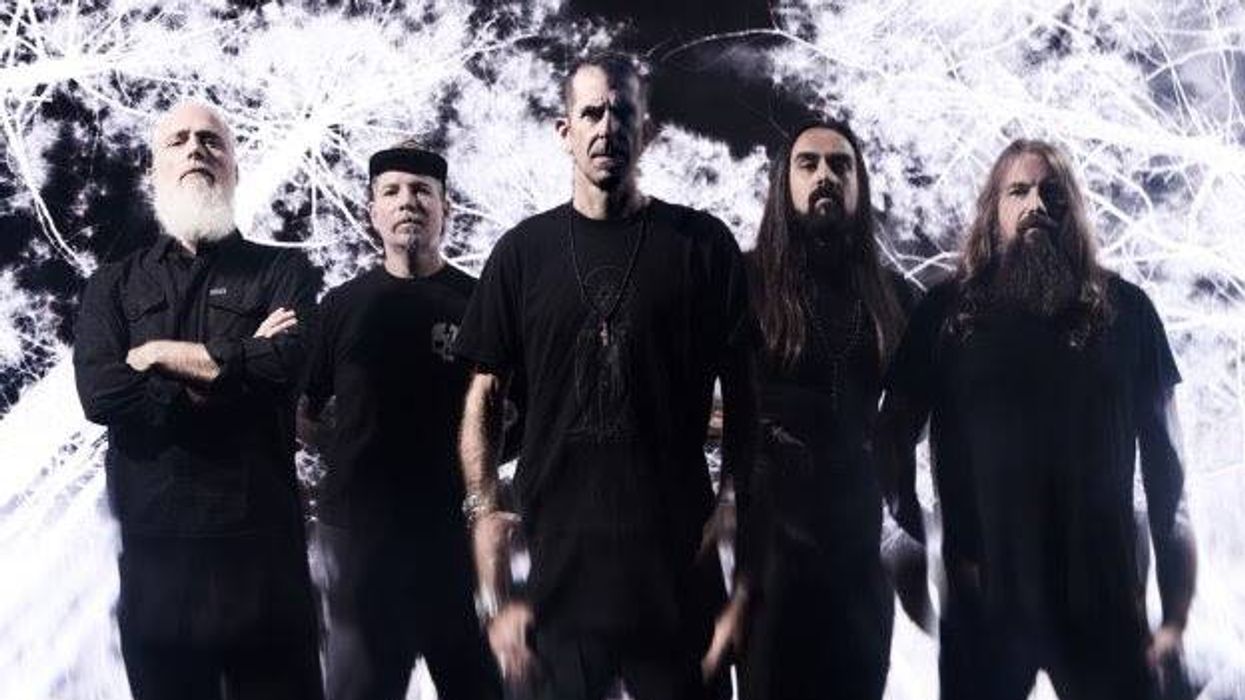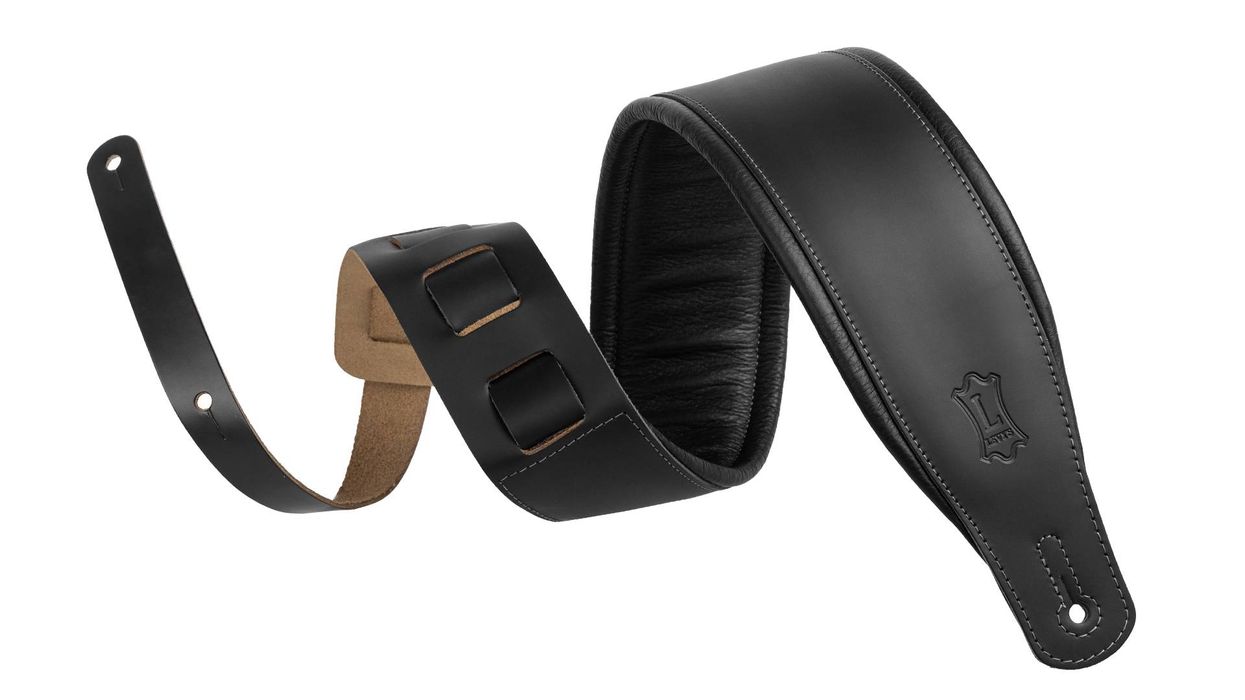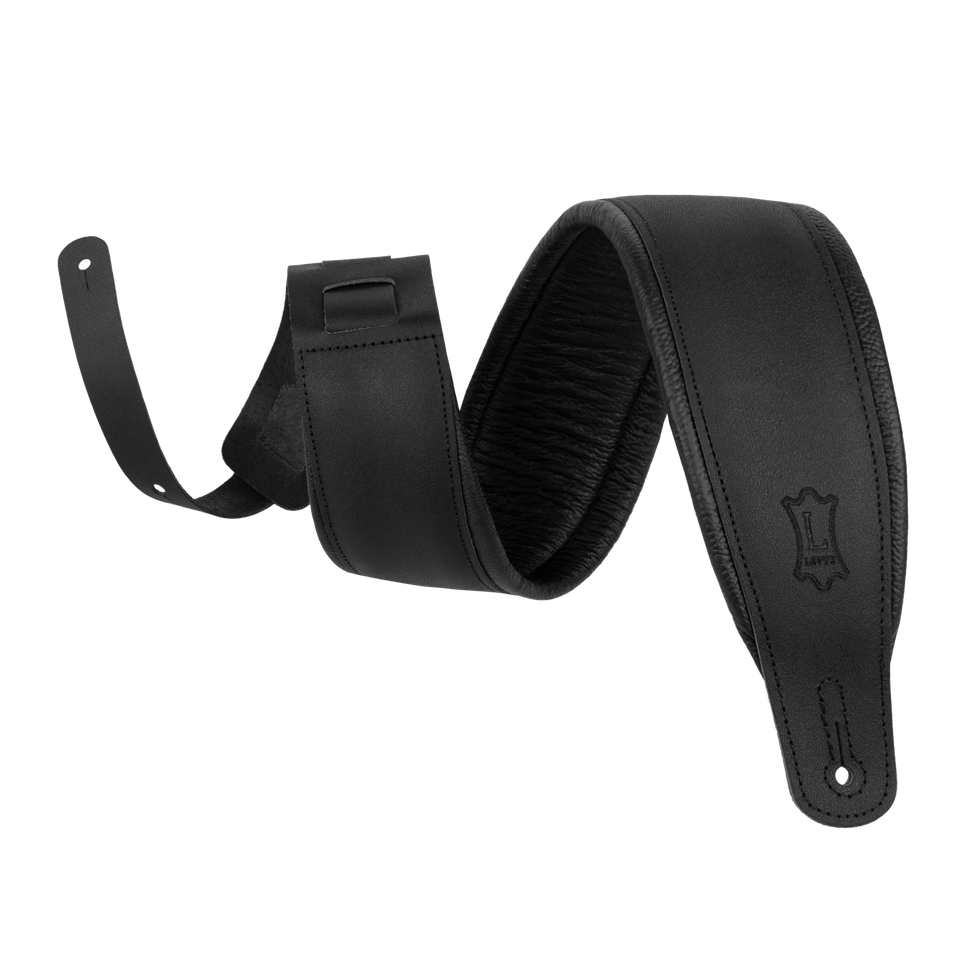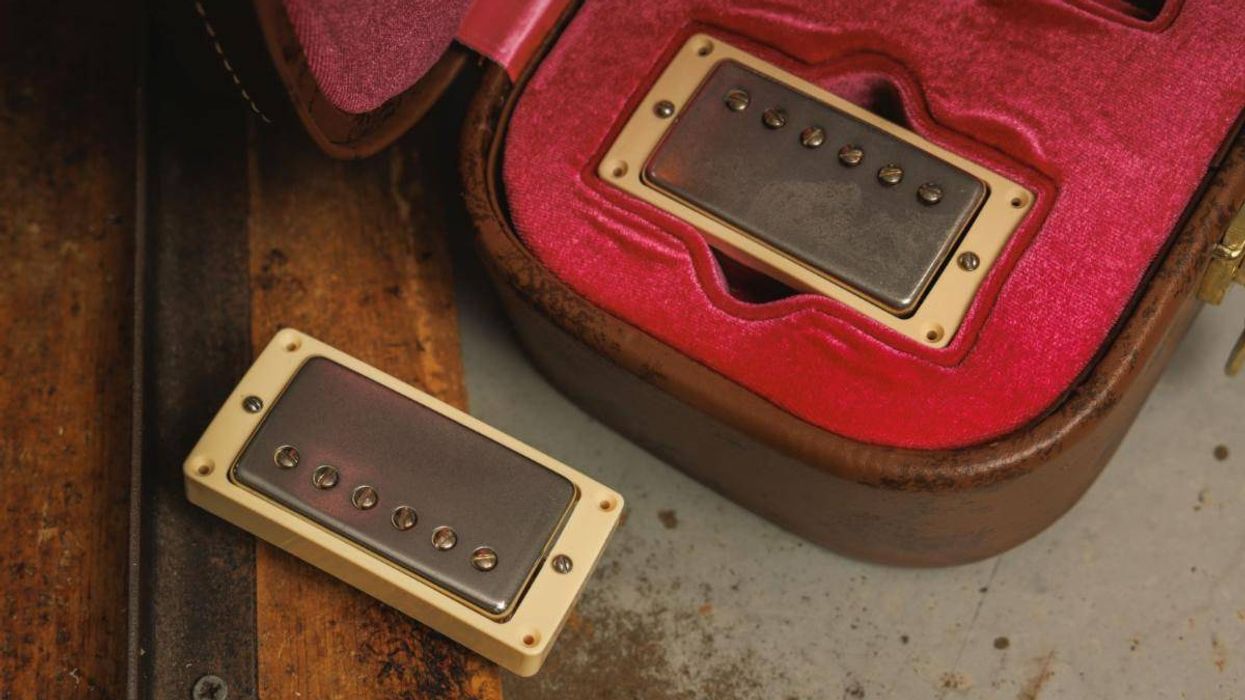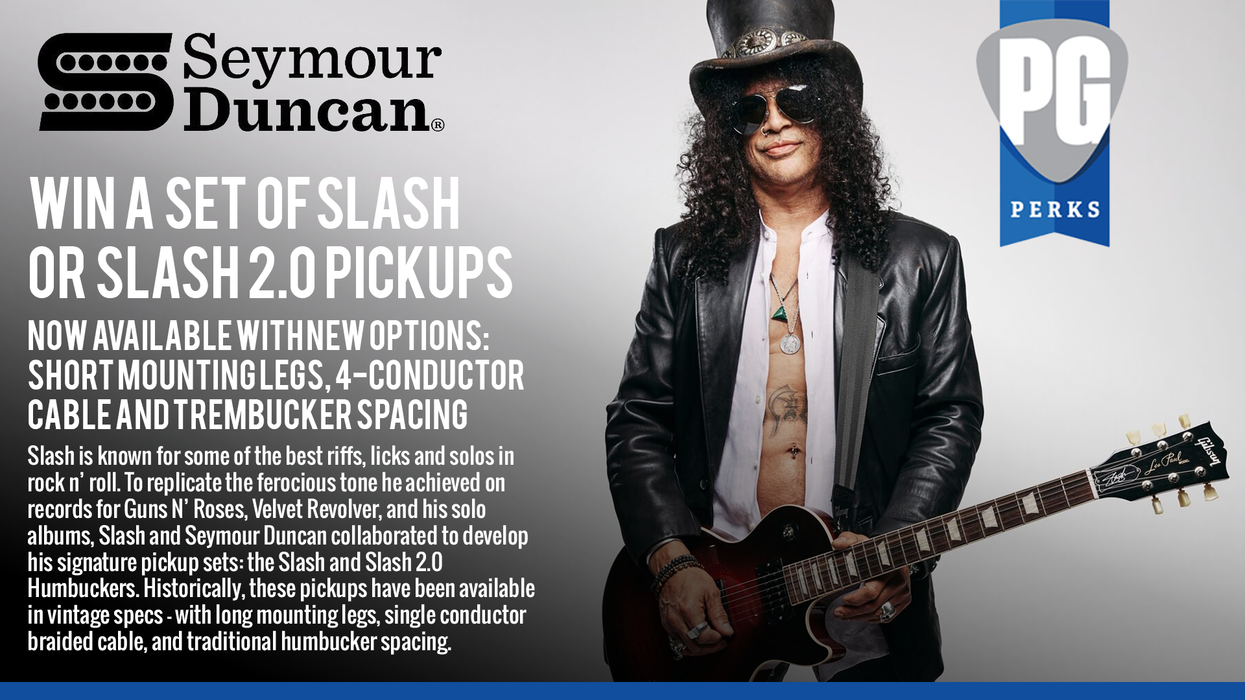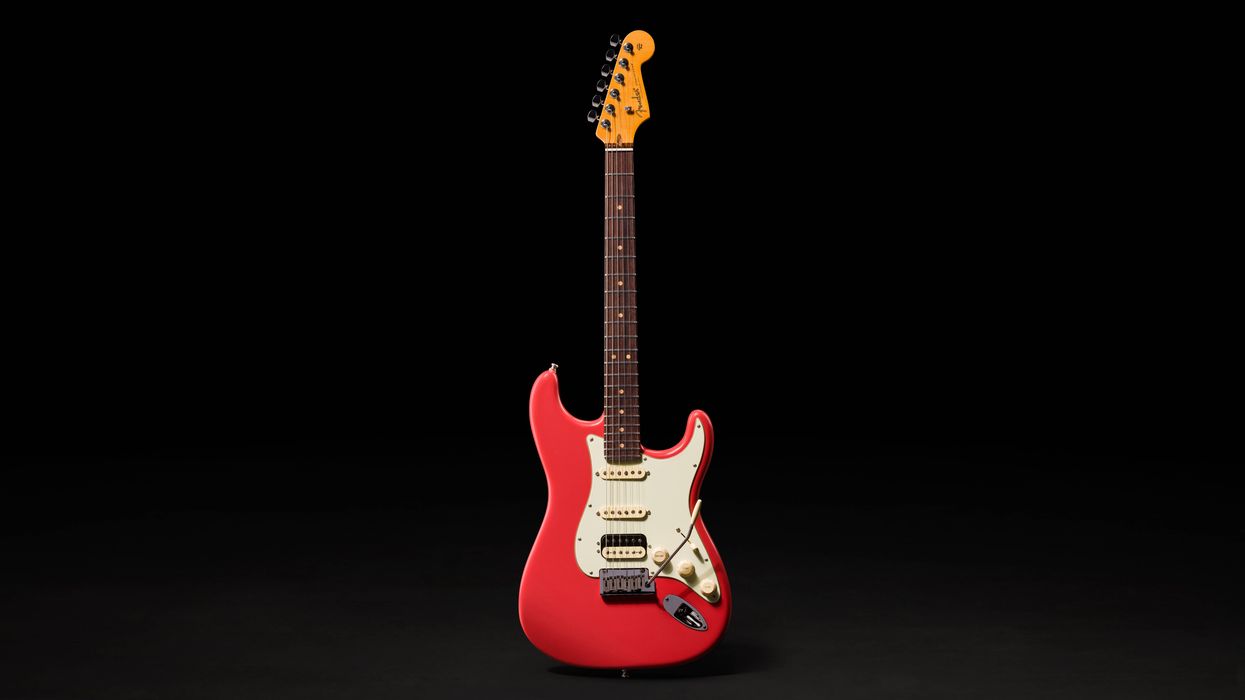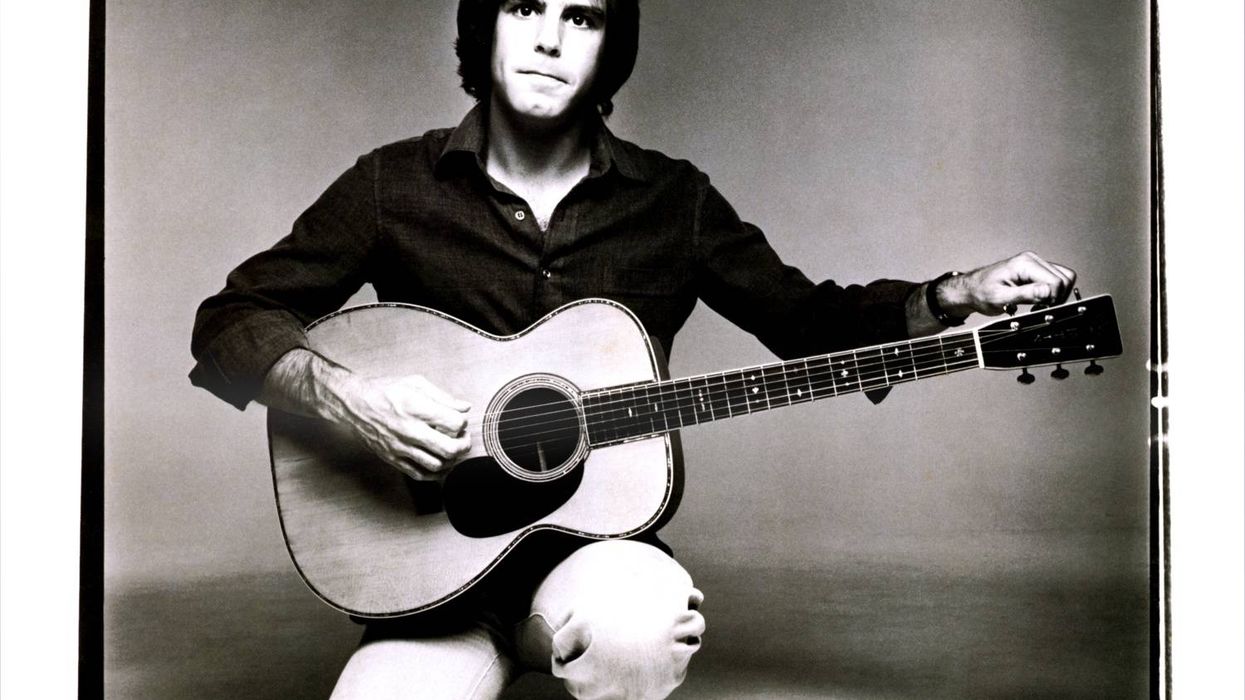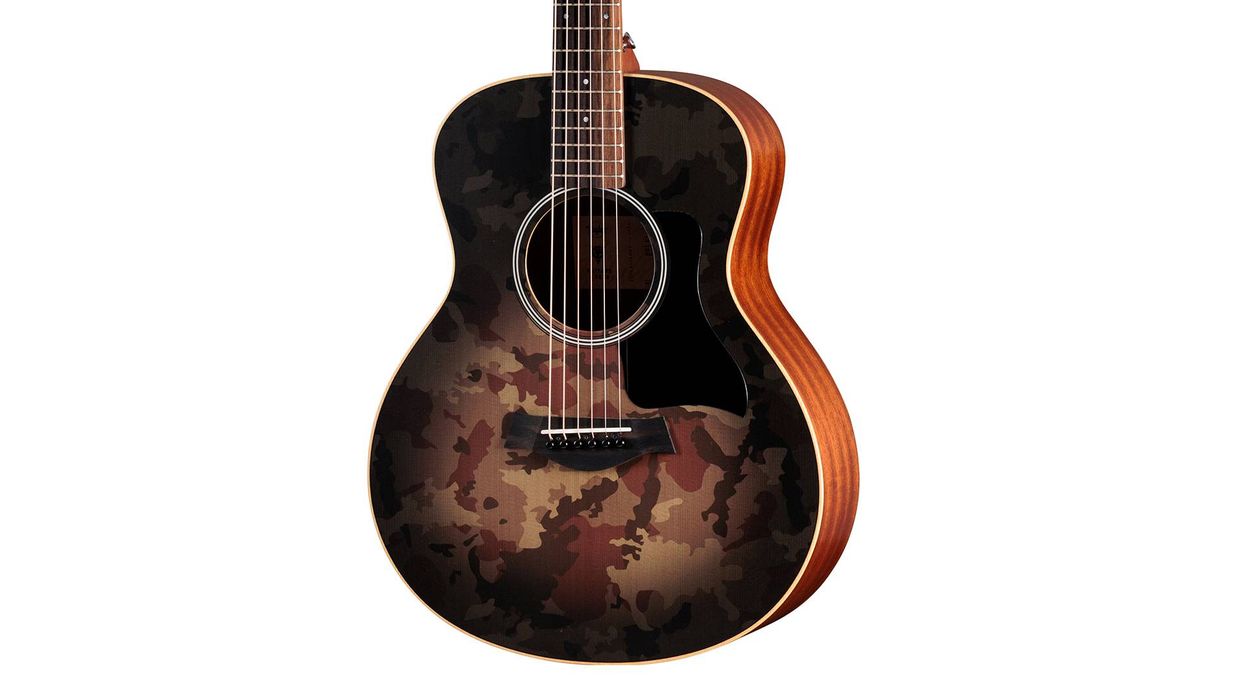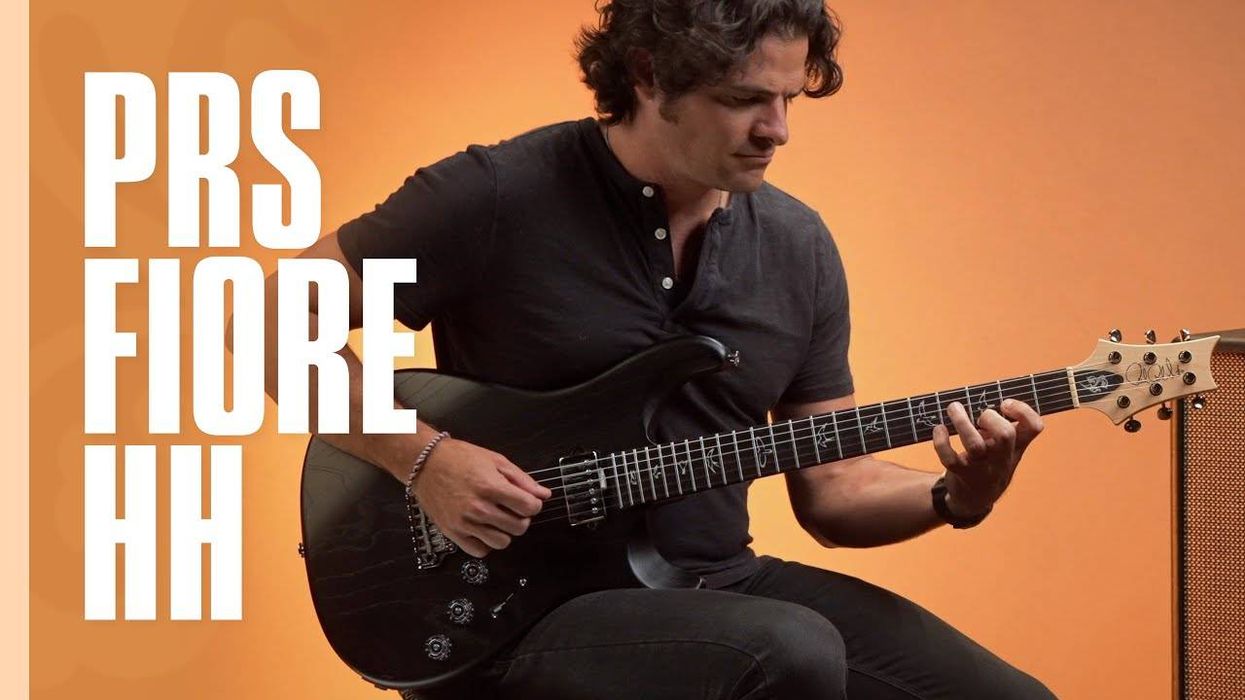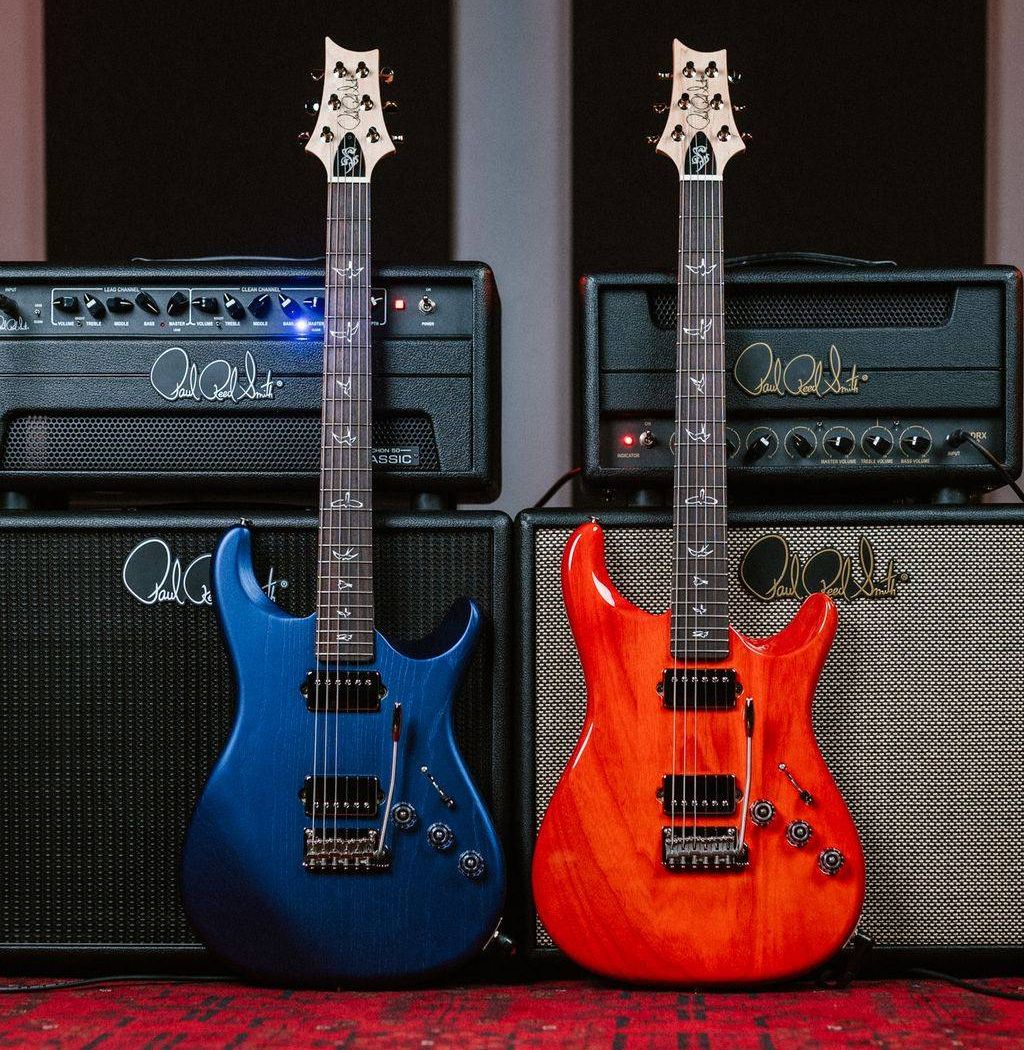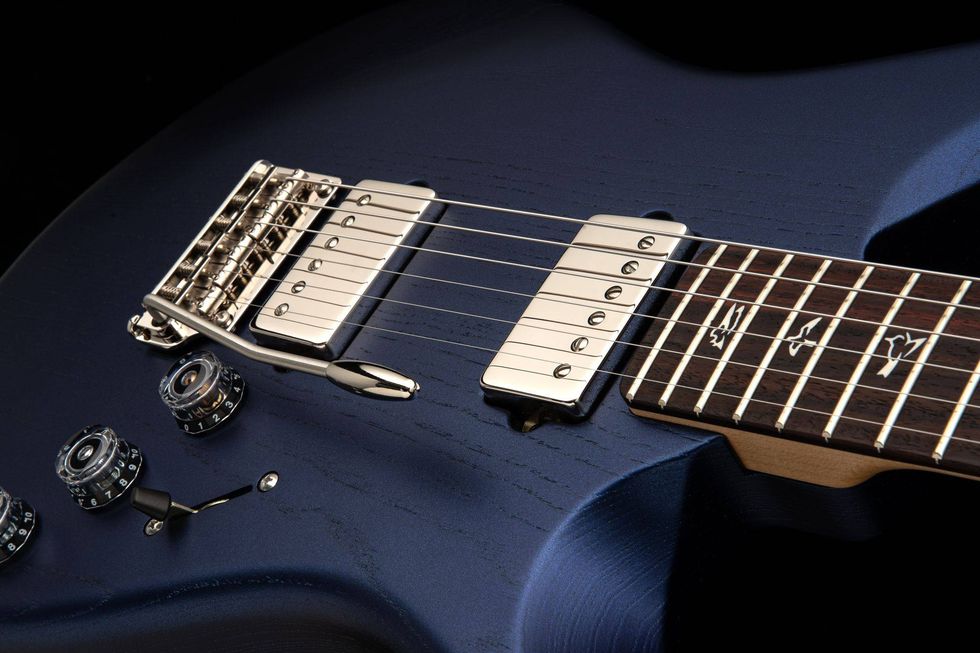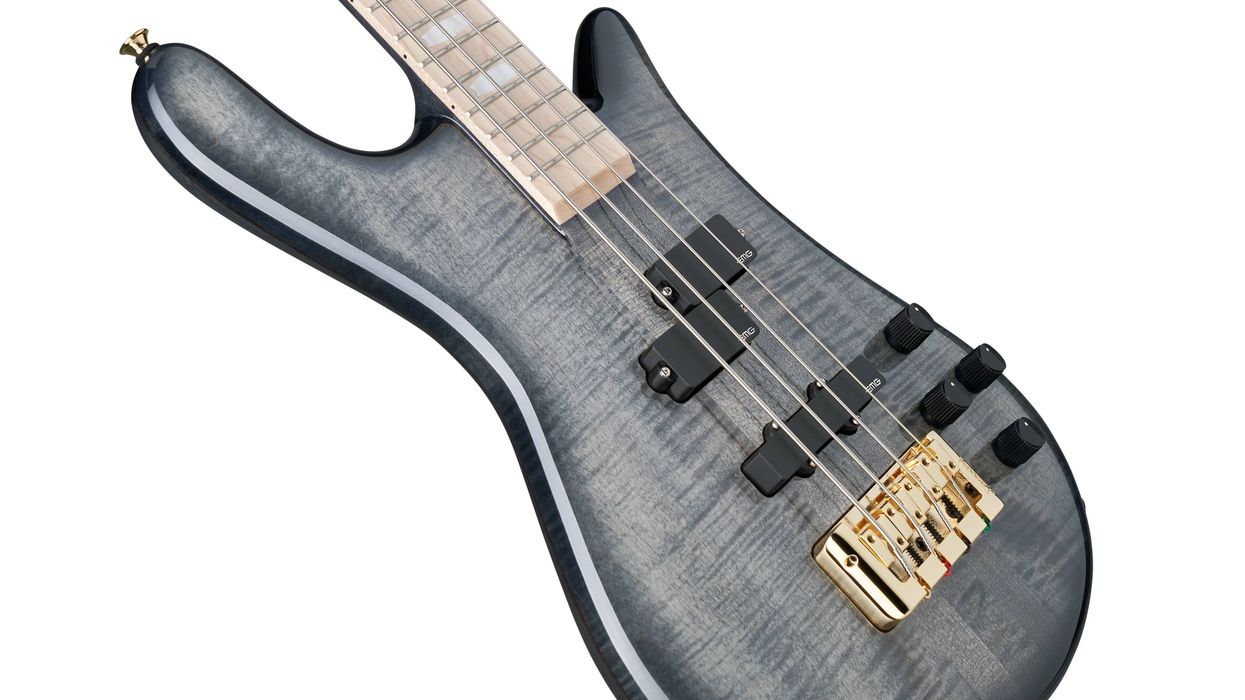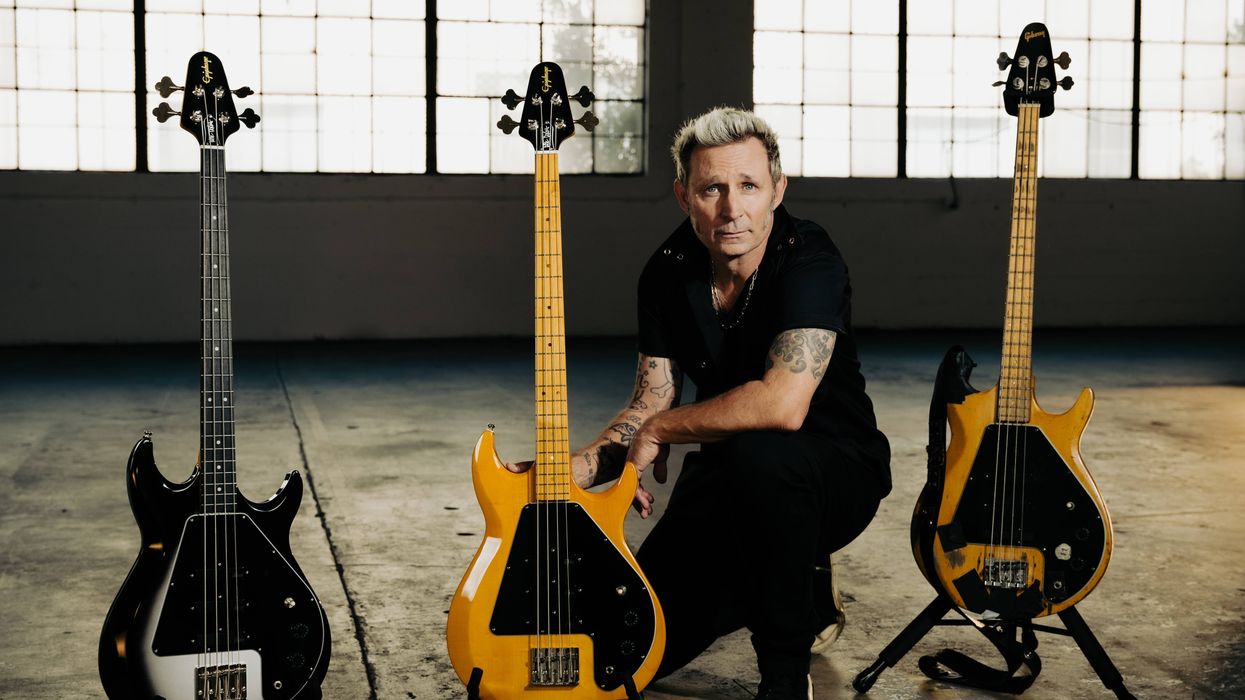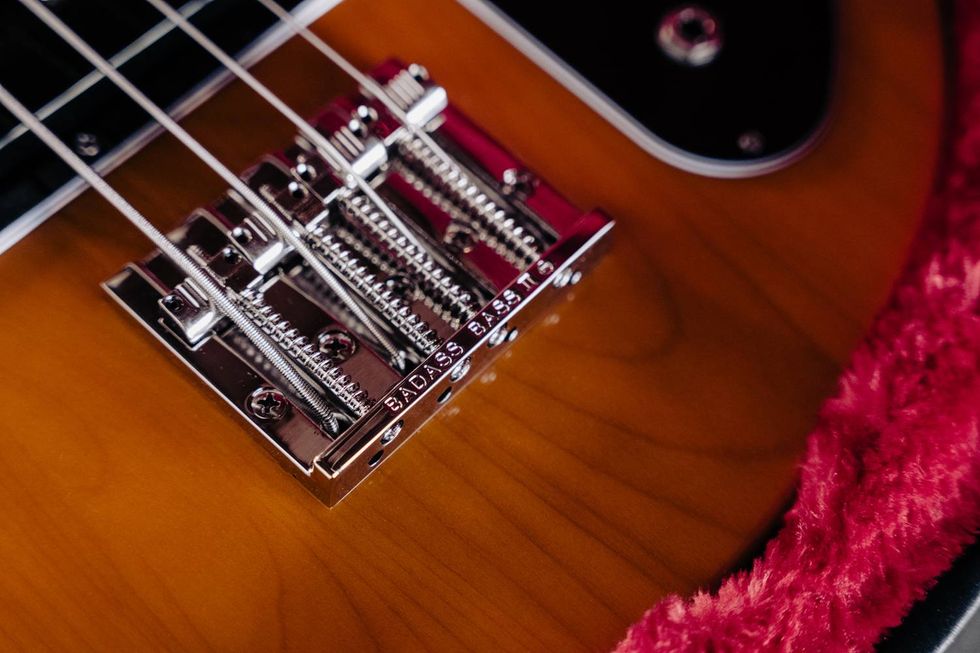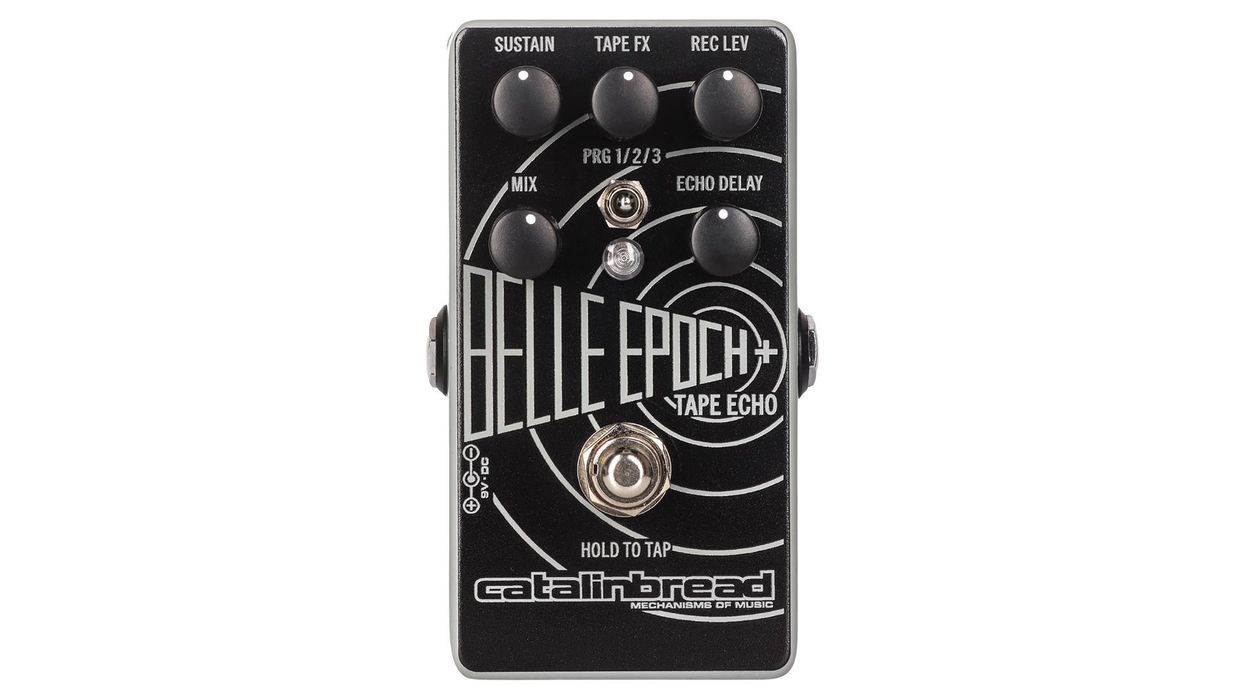IK Multimedia announces AmpliTube X-GEAR pedals. Each boutique, audiophile-grade pedal features 16 different effects, drawn from the most popular AmpliTube models and all-new reverb and delay algorithms, bringing IK's industry-leading effects out of the computer and onto pedalboards.
And each pedal is accompanied by an exclusive plug-in of the exact same effects. Using the plug-ins within AmpliTube 5 (SE version included), users can record, tweak settings and save presets back to the hardware pedal. Now guitarists can switch between stage and studio seamlessly, and enjoy world-class tone anywhere.
4 boutique digital effects pedals
AmpliTube X-GEAR pedals cover the 4 realms of guitar effects processing. There's X-DRIVE distortion and X-VIBE modulation, which offer a range of iconic, must-have analog pedal effects – all recreated with our finest algorithms ever.
Custom-created by the IK team just for these pedals, X-TIME delay and X-SPACE reverb feature cutting-edge, studio-grade effects algorithms. All four X-GEAR pedals share the same audiophile hardware and bleeding-edge DSP for unsurpassed sound quality.
Show-stopping DSP inside
AmpliTube X-GEAR pedals leverage IK's latest technologies and 20+ years' experience as the #1 amp and FX modeling company. The state-of-the-art DSP onboard includes 16 custom high-end algorithms per pedal, drawn from the most popular AmpliTube models along with all-new reverb and delay algorithms.
Using 4x oversampling with 192kHz internal processing, X-GEAR pedals deliver amazing clarity to the stage with the realism and response that users love about AmpliTube 5.
Hardware that stands out
Built to last, X-GEAR pedals feature an aluminum chassis designed and made in Italy with components that guarantee the best possible sound in a stomp pedal. There's ultra-low noise, 24-bit/192kHz converters for class-leading sound quality, an extended 5 Hz – 24 kHz frequency response to capture the full scope of your instrument's tone, and up to 123 dB dynamic range for whisper-quiet operation no matter how much gain is applied. With a pure analog dry path and selectable true or soft bypass, the guitar's tone will ring true no matter how simple or sophisticated the signal chain becomes.
AmpliTube X-GEAR boutique guitar pedals - Your studio sound onstage
Industry-leading integration
Each AmpliTube X-GEAR pedal includes a matching X-GEAR plug-in for Mac/PC. Opening any version of AmpliTube 5 (SE included), users will find a virtual X-GEAR pedal available as a stomp for use within the program. Adjust any of the pedal settings with the convenience of AmpliTube's award-winning workflow and save them as presets. The X-GEAR Preset Manager lets users move presets between X-GEAR pedals and AmpliTube and easily reorganize them on the hardware pedal, where up to 300 presets can be stored.
All-in-one recording
For recording, X-GEAR pedals feature a built-in USB audio interface so no other gear is needed. 24-bit/48kHz converters and a frequency response of 5Hz to 24kHz capture bass or guitar in all its range and nuance. Versatile routing options let users choose between sending the wet or dry signals to their DAW. There's also a headphone out (X-DRIVE only) or stereo out for monitoring and thanks to full MIDI implementation users can map the dials and stomps of X-GEAR to control AmpliTube and/or any compatible program.
From sound check to final encore
When it's time to play out, AmpliTube X-GEAR pedals offer everything players need to perform at their best. The guitar-friendly interface and intuitive knobs are easy to tweak on the fly. Indoors or out, a high-contrast LED display keeps users informed on their settings and preset banks. An expression pedal input adds additional control over any parameter, while full MIDI implementation is built-in for even the most complex setups. We've also included 3 cabinet impulse responses in each pedal to connect directly to the PA.
Signal chain to the stars
Combining AmpliTube X-GEAR pedals creates a formidable team, seamlessly sending and receiving MIDI commands for dramatic effects changes. With the included Preset Manager, users can easily set up one X-GEAR pedal as the master to send program changes to the other pedals, and then just drop the presets they want activated into the appropriate slots. Daisy-chain the pedals together via MIDI and let the show begin.
With open architecture for future updates, AmpliTube X-GEAR pedals will empower players for years to come. Now everyone can bring perfect studio guitar sound onstage or anywhere.
AmpliTube X-GEAR pedals will be arriving late Q3 and are currently available for pre-order from the IK Multimedia online store and from IK authorized dealers worldwide for $/€299.99.*
*All pricing excluding taxes
For more information about AmpliTube X-GEAR pedals or to see them in action, please visit: www.ikmultimedia.com
